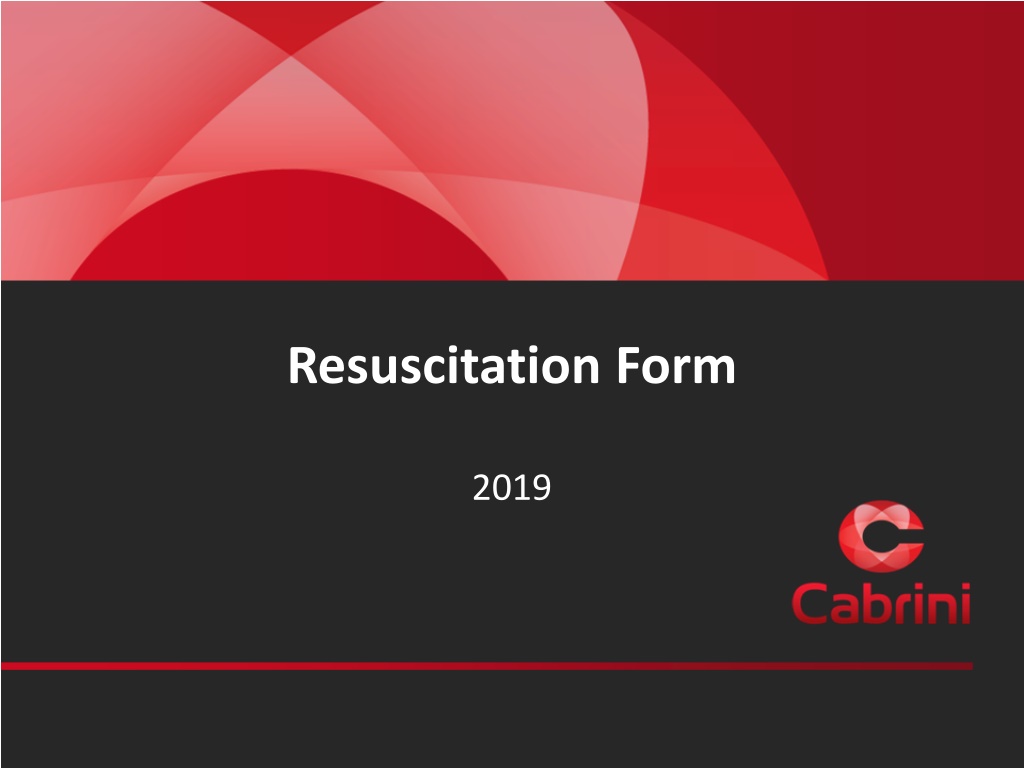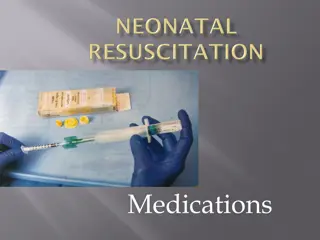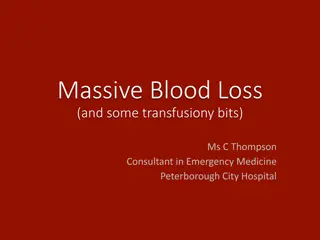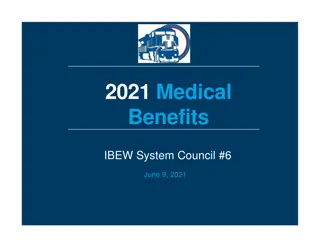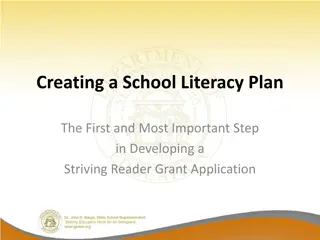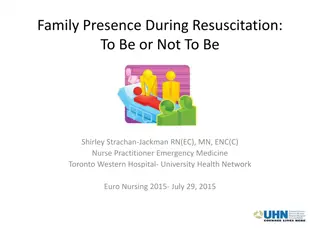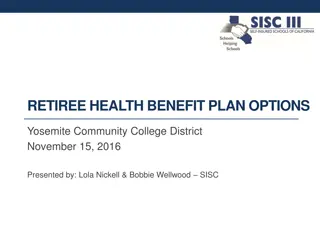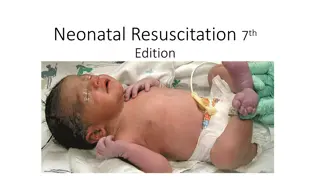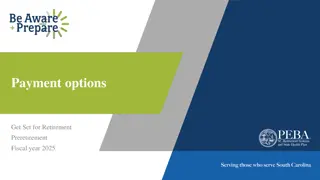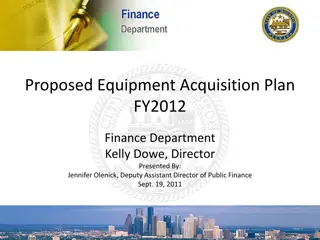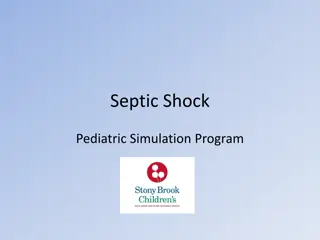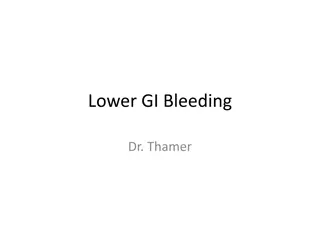New Resuscitation Plan with Tailored Options
The new Resuscitation Form 2019 offers a range of tailored options for each patient, featuring a discussion pathway and valuable resources. Developed over 5 years with extensive consultation, the plan aims to improve response to cardiac arrest at Cabrini through earlier discussions, patient involvement, tailored plans, and enhanced documentation. Key points commence on 16th September, with the plan trialed in 6 clinical wards and refined based on feedback.
Download Presentation

Please find below an Image/Link to download the presentation.
The content on the website is provided AS IS for your information and personal use only. It may not be sold, licensed, or shared on other websites without obtaining consent from the author. Download presentation by click this link. If you encounter any issues during the download, it is possible that the publisher has removed the file from their server.
E N D
Presentation Transcript
Resuscitation Form 2019
Key Points Commences 16 September The new form has a range of options which can be tailored to each individual patient A new feature: discussion pathway Resources available in each clinical unit & on Cabinet
Why? The new Resuscitation Plan is the result of 5 years work that started with background research and led to a small trial in the Emergency Department in late 2016. The form and policy were further refined by the End-Of-Life-Care Committee, with extensive institution-wide consultation with multidisciplinary staff and patient representatives. 6 clinical wards trialled the form from February to May this year
Why? The Cabrini-Monash University Department of Medicine identified a number of areas to improve the response to cardiac arrest in Cabrini Their recommendations included: earlier and more frequent doctor/patient discussions about resuscitation; greater patient involvement in the decision making; more options to tailor a resuscitation plan appropriate to the patient and their condition; and improved documentation
Definitions Admitting Medical Officer: the medical officer under whose name or bed card the patient is admitted to Cabrini Health. Authorising Medical Officer: A medical officer who is responsible for completing the resuscitation plan but may not be their admitting medical officer, for example Emergency Department Registrar. Medical Treatment Decision Maker: A person who is identified as having authority over medical treatment decisions when a patient lacks decision-making capacity. Refer Advance Care Planning policy.
Definitions Overly burdensome treatment: treatment where the benefits hoped for (cure, reversal of a condition, relief of discomfort, appreciable forestalling of death, etc) do not justify the foreseeable burdens of treatment (pain, discomfort, loss of lucidity, breathlessness, extreme agitation, repugnance, cost to the patient, excessive demands on family/carers/healthcare resources, etc)
Definitions Code Blue: as defined by the Code Blue Rehabilitation, Code Blue/Cardiac Arrest Inpatient- Malvern or Code Blue/Cardiac Arrest Inpatient Brighton policies. Therapeutically futile treatment: Treatment that makes no significant contribution to cure or improve the condition of the patient/resident Resuscitation Plan: The new form replacing the existing Not for CPR MR004
Who should have a Resuscitation Plan? For every patient, an assessment of their resuscitation status should be undertaken on admission. For those patients at increased risk of deterioration, the Resuscitation Plan MR004 form should be completed ideally within the first 24 hours of admission. All patients admitted to the Palliative Care and the Rehabilitation units are required to have a Resuscitation Plan completed upon transfer or admission.
How does it work? The new form has 3 options (A, B or C) which should reflect the goals of care for the patient s admission: SECTION A; Curative treatment with no limitations of treatment SECTION B; Curative or restorative treatment with some treatment limitations SECTION C; Comfort care during dying The reverse-side of the Resuscitation Plan form is a Discussion Pathway where clinicians should document the rationale for treatment decisions and also the extent to which the plan has been discussed
How will it work? The healthcare team decides which treatments should be offered to the patient. Medical staff discuss with the patient what treatments are available to them in the event of a deterioration. The Resuscitation Plan and the Resuscitation Plan Discussion Pathway are completed by the Medical Officer to indicate which treatments should be offered in the event of a sudden clinical deterioration.
When may treatments be withheld? Treatments may be withheld if: There is a medical decision that the treatment would be therapeutically futile or overly burdensome, or The treatment is unwanted by a competent and informed patient or their Medical Treatment Decision Maker, or The treatment is refused in a valid Refusal of Treatment Certificate or an Instructional Advance Care Directive
Communication regarding the resuscitation plan This form has been designed to encourage open, two-way discussions The patient may not be able to be involved in the discussions Inclusion of family and significant others may be helpful All staff caring for the patient are to be made aware of the resuscitation plan
Review of the Resuscitation Plan The Resuscitation Plan should be reviewed whenever there are substantial changes in the patient s diagnosis or prognosis, or whenever requested by the patient. The plan should be reviewed and may be modified if the patient requires a surgical procedure. Any changes should be appropriately documented on a new form.
When and where is this happening? The new form commences from 16 September The new form is used at Brighton, Hopetoun, Prahran and Malvern
Resources on the Doctors Portal FAQs How to Posters Flow chart Policy Research articles
What are my responsibilities? Engage in open resuscitation discussions with patients (and families) you consider are at risk of deteriorating Check for an Advance Care Directive on every admission and if they have requested not to be resuscitated, document it on the resuscitation plan Ensure you know the goals of care for every patient you care for
Contact For questions or concerns related to the Resuscitation Plan contact: Ian Turner iturner@cabrini.com.au Or Emma Patterson epatterson@cabrini.com.au or 9508 3534
